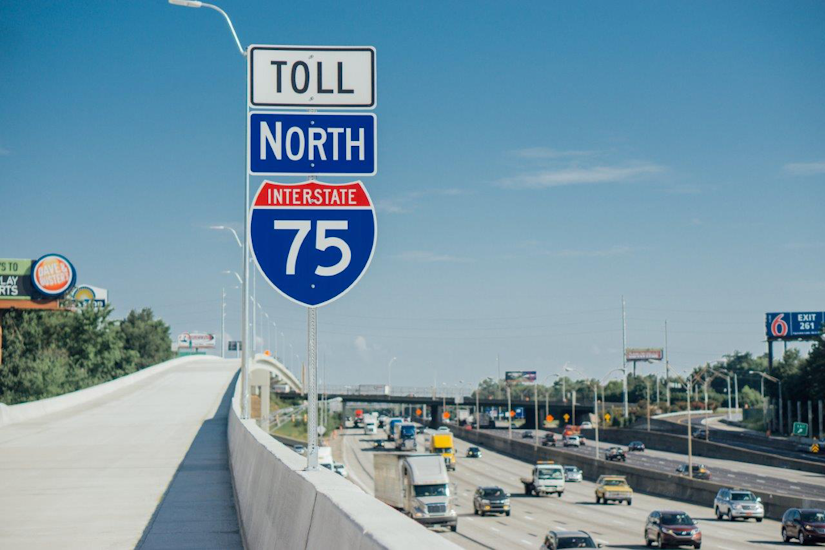ACPA backs report calling for more funding for interstate highways | Dump Truck Company

Photo credit: Georgia DOT
A recent report calling on more funding for the nation’s interstate highway system has received the backing of the American Concrete Pavement Association’s board of directors.
The report by the Transportation Research Board concludes that current spending on interstates needs to be doubled or tripled over the next 20 years to rebuild pavements and bridges and meet future traffic growth.
“Most of the interstate highway system has far exceeded its design life or will do so over the next 20 years,” the report says.
Current federal and state spending has been about $20 billion to $25 billion a year, according to the report, called Renewing the National Commitment to the Interstate Highway System: A Foundation for the Future.
The TRB says $45 billion to $70 billion is needed each year for the interstate system. This estimated increase, however, does not encompass the entire needs of the system.
“This estimated investment is incomplete because it omits the spending that will be required to meet other challenges such as boosting the system’s resilience and expanding its geographic coverage,” according to the report. “While these investment needs could not be estimated even roughly for this study, they are certain to require billions, and perhaps tens of billions, in additional annual spending.”
ACPA notes that this estimate also does not include the full federal-aid highway system or other highways.
The report offers these recommendations to Congress:
- Legislate an Interstate Highway System Renewal and Modernization Program.
- Increase the federal fuel tax and continue to adjust it for inflation.
- Prepare for the need to employ new federal and state funding mechanisms, such as tolls or per-mile charges on interstate users.
- Lift the ban on tolling of existing general-purpose interstate highways.
- Direct the U.S. Department of Transportation and the Federal Highway Administration to develop criteria for system “rightsizing” using a consultative process that involves states, local jurisdictions, highway users and the general public. Rightsizing includes addressing current and future demands on the system’s length and scope and to remediate economic, social and environmental disruptions caused by highway segments that communities find intrusive and not vital to network and intermodal traffic.
The TRB, which conducted the study, is part of the nonprofit National Academy of Sciences, Engineering and Medicine. Its purpose is to provide “independent, objective, and interdisciplinary solutions.”
